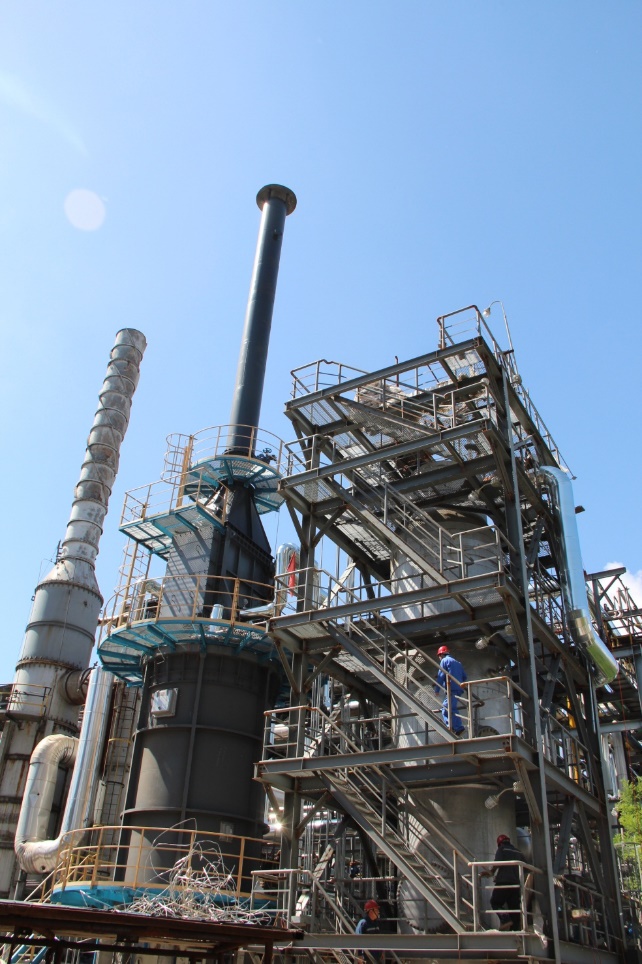Research Progress
A demonstration project of producing syngas from carbon dioxide has passed an industrial demonstration in north China’s Shanxi Province recently. The demonstration plant, which is co-launched by Shanghai Advanced Research Institute, Chinese Academy of Sciences (SARI-CAS), Shanxi Lu’an Coal Corporation Limited and Shell Global Solutions International, can produce more than 200,000 normal cubic meters of the syngas and convert 60 tons of carbon dioxide daily. It’s the world’s largest production test plant of Mnm3/h scale CO2-CH4 reforming. As of last Sunday, it had been operating stably for more than 1,000 hours.
Carbon dioxide and methane are typical greenhouse gases and key carbon resources. Converting the greenhouse gases to syngas of carbon monoxide and hydrogen, known as "drying reforming of methane," is receiving increasing attention because its "great incentives" in environment protection.
"Compared with traditional steam reforming, the dry reforming almost does not consume water, but uses the greenhouse gases," said Dr. Zhang Jun, a leading researcher of the project.
However, two of the biggest challenges to apply the dry reforming at an industrial scale lie in the catalyst that can resist severe carbon deposition and its special reactor. The issues were resolved through a "highly stable nanocomposite catalyst" developed by the research team, which could not only resist carbon deposition and agglomeration but also in perfect match with the special reactor. The technology can be applied on offshore natural gas, shale gas that contains large amount of carbon dioxide, as well as in traditional coal chemical industry.
“We have independent intellectual property rights of “dry reforming”, said Prof. Sun Yuhan, Project Leader of the project. “The stable operation of the demonstration is a successful example for cooperation between three parties from basic research to engineering demonstration. The technology not only lays an important technical foundation for large-scale utilization of natural gas, but also contributes to the low-carbon development of Shanxi coal chemical industry.”
The three parties are planning to promote the technology’s commercialization worldwide.

dry reforming demonstration plant in Shanxi Province (image by SARI)





